
AeroGenie — Seu copiloto inteligente.
Tendências
Categories
Iran Acquires Five Boeing 777s Through Malagasy Start-Up
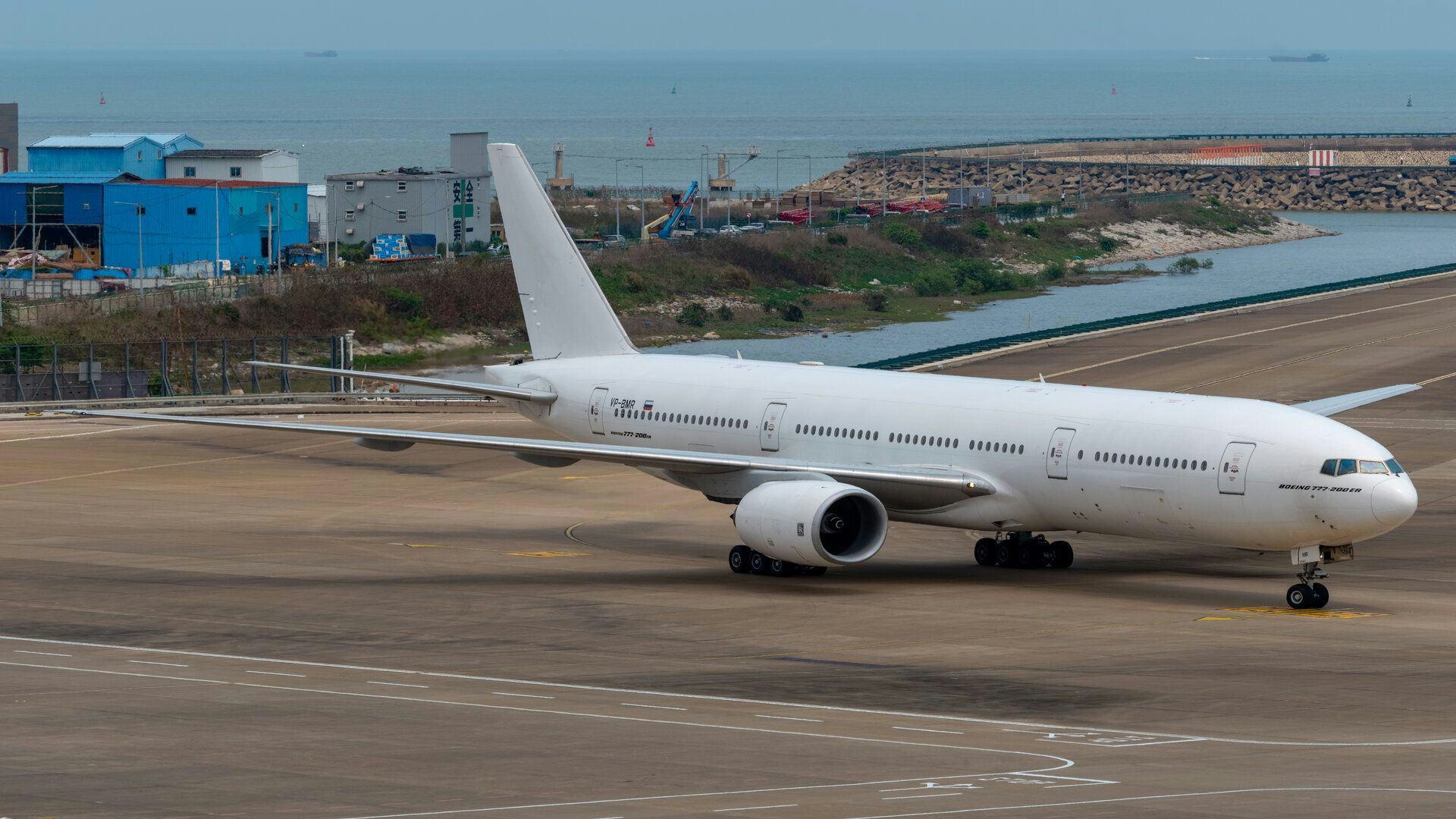
Iran Acquires Five Boeing 777s Through Malagasy Start-Up Amid Sanctions Concerns
On July 15, 2025, five Boeing 777-200ER aircraft arrived in Iran after being ferried from Siem Reap New Angkor International Airport in Cambodia. These jets, previously registered in Madagascar under the designations 5R-RIS, 5R-ISA, 5R-HER, 5R-IJA, and 5R-RIJ, were reportedly operated by UDAAN Aviation, a fledgling start-up purporting to launch as a Malagasy carrier. Iranian media reported landings at Chah Bahar, Zahedan, and Mashad, although independent verification has so far only confirmed the arrival of 5R-HER in Mashad.
Complex Ownership and Registration History
The aircraft have a convoluted recent history. Initially operated by NokScoot until the onset of the COVID-19 pandemic, the jets were returned to the Singapore Airlines Group following NokScoot’s liquidation. After a period of storage in Alice Springs, Australia, the planes were acquired by Florida-based Ion Aviation LLC between September 2023 and February 2024 and re-registered in the United States. They were subsequently ferried to Lanzhou, China, before being deregistered from the US registry by March 2024 and exported to Hong Kong. The ownership and registration status of the aircraft after this point remain unclear.
One of the aircraft, formerly registered as N99001 and later as 5R-RIJ, was observed parked at Jakarta Soekarno-Hatta Airport between late May and early July 2025. The Civil Aviation Authority of Madagascar confirmed that all five aircraft were provisionally registered in Madagascar on January 17, 2025, under a three-month permit issued to UDAAN Aviation. The company claimed it intended to operate the aircraft itself and planned to ferry them to Kenya for maintenance. However, the Malagasy regulator stated that these permits expired on April 12, 2025, rendering any subsequent flights under the 5R- registrations illegal.
Allegations of Document Forgery and Legal Action
Further controversy emerged when the Malagasy government alleged that the ferry flights from Cambodia to Iran were conducted using falsified registration certificates, with validity dates fraudulently extended to July 12, 2025. Malagasy authorities have announced plans to pursue legal action against UDAAN Aviation for document forgery.
The ultimate operator of the aircraft in Iran has not been officially confirmed. However, local media speculate that Mahan Air, which currently operates a fleet of Airbus A340s, is the likely recipient. The airline is reportedly seeking to modernize its fleet and may transfer its older quadjets to other Iranian carriers.
International Implications Amid Sanctions
The arrival of these Boeing 777s in Iran occurs amid heightened international scrutiny due to longstanding sanctions on the country’s aviation sector. The transfer raises significant compliance concerns, particularly regarding the sourcing of maintenance and spare parts, which remain tightly restricted under existing sanctions regimes. International aviation authorities and governments critical of Iran are expected to closely monitor the situation, with some already calling for stricter enforcement of sanctions and increased oversight of Iranian aviation activities.
Currently, no other Boeing 777s are operated in Iran, making this transfer both notable and controversial within the global aviation community.

Europe Advances Aviation Sustainability Through SAF Mandates and Innovation

Lufthansa's Fleet Plans for 2025
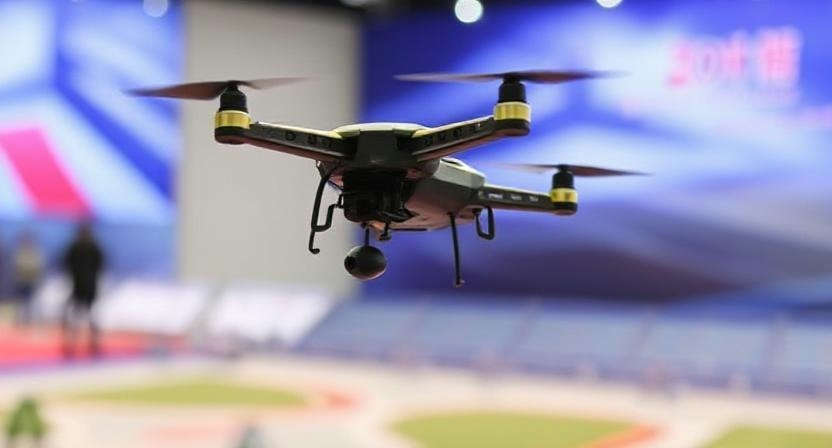
Fifteenth National Games Model Aviation Finals in Longhua Showcase Drone Sports and Innovation
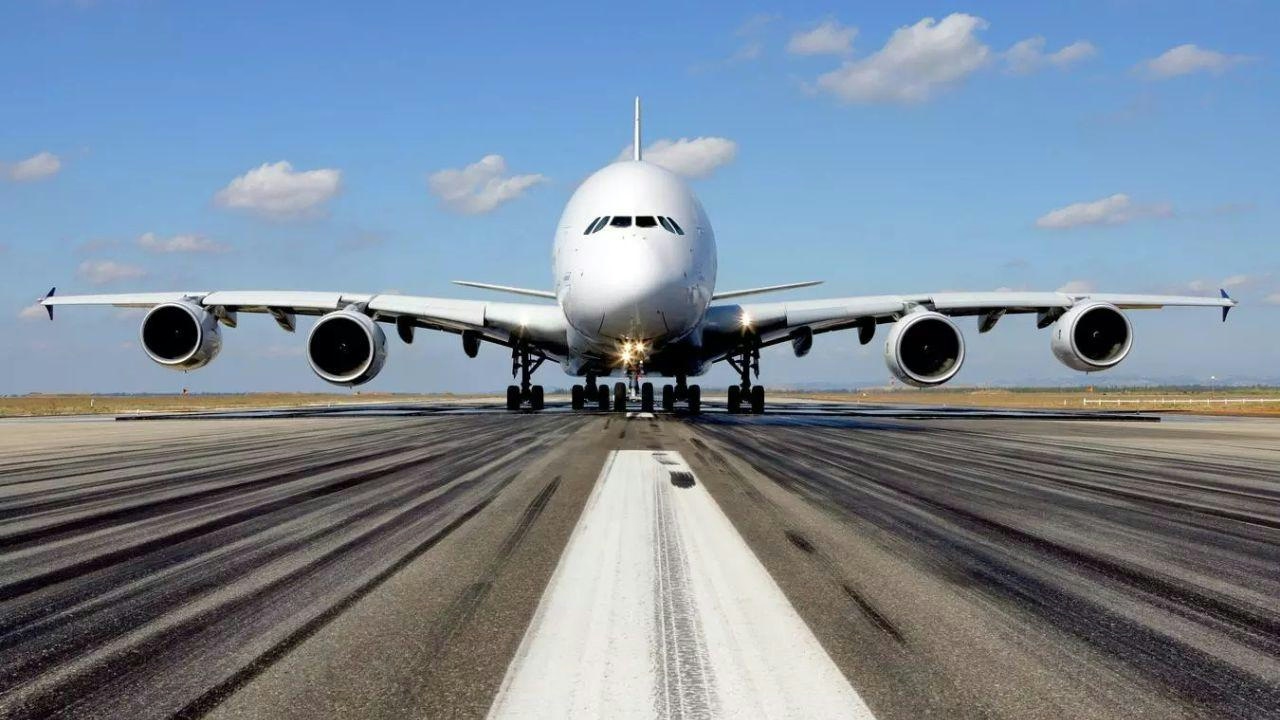
Brazilian Woman Becomes First Female Captain of Airbus A380
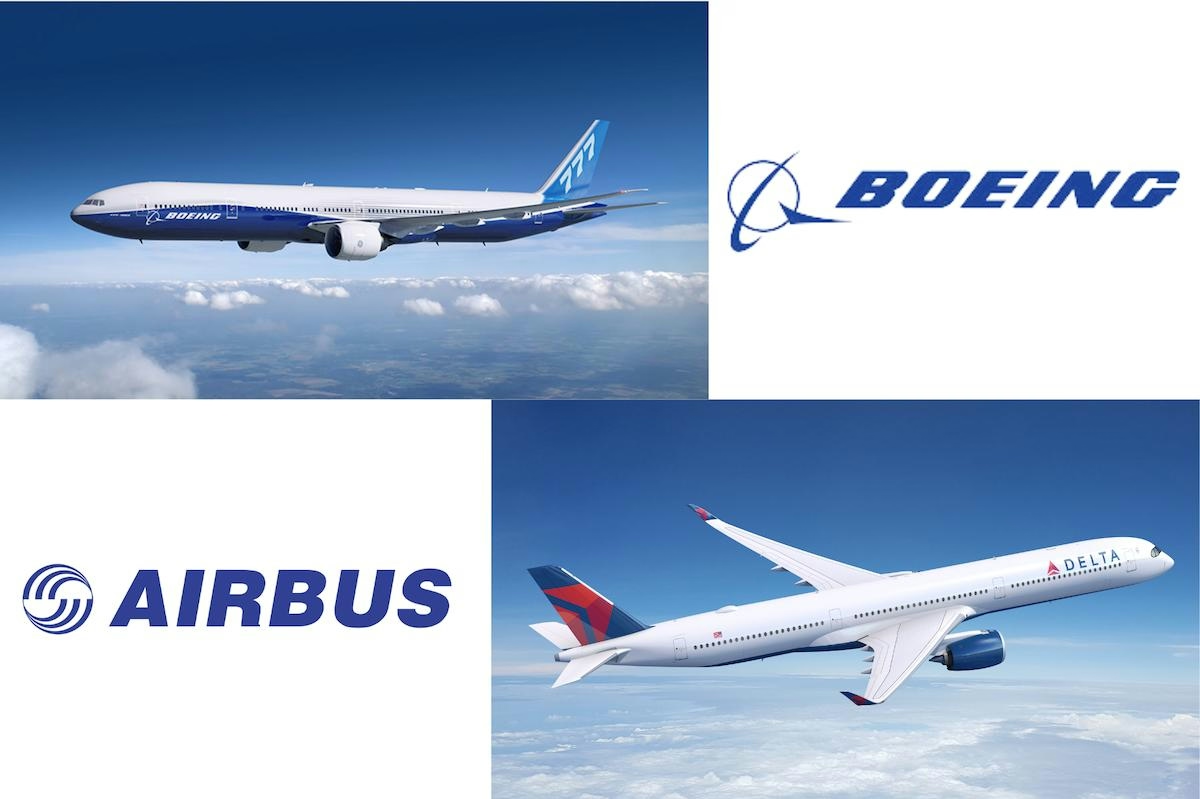
Airbus and Boeing: Comparing Their Global Reach

Vietjet Orders 100 Airbus A321neo Jets, Strengthening UK-Vietnam Strategic Partnership
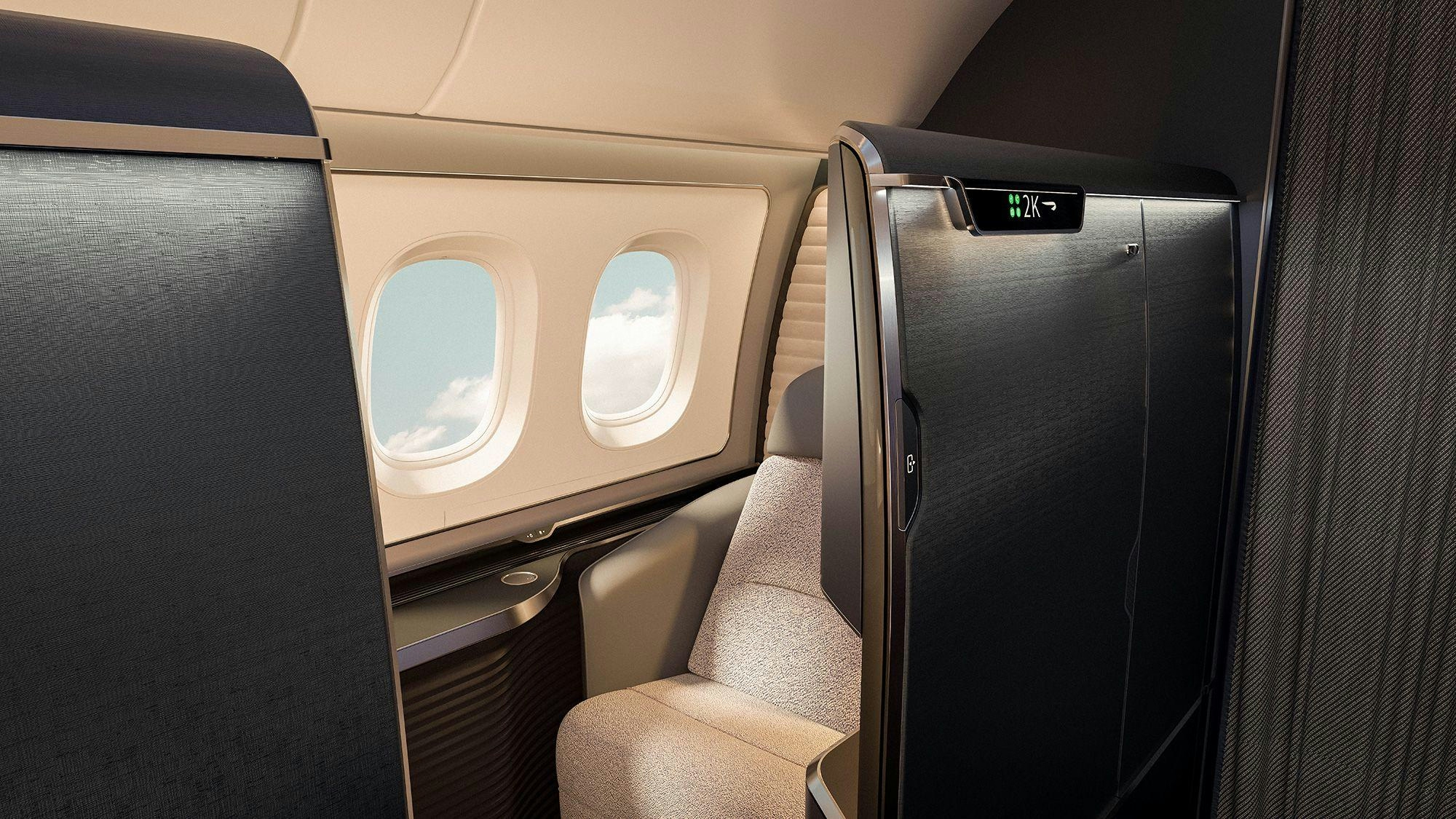
The Aircraft Set to Replace the Iconic Superjumbo

Delta Air Lines Introduces AI-Powered Concierge Service

Shanghai to Host 2025 North Bund International Aviation Forum
